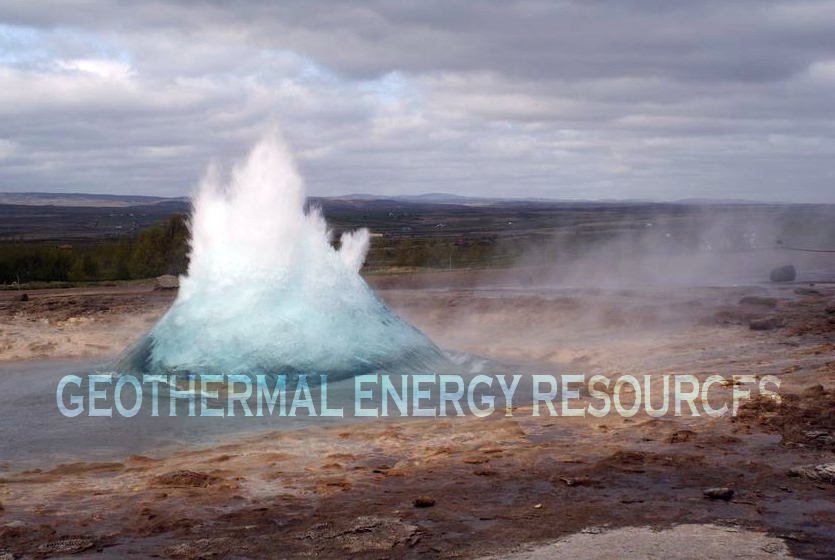Igneous petrology: Current igneous activity, melting and crystallization processes, magmatic differentiation, binary and ternary phase diagrams in igneous petrology, major and trace elements in igneous processes, isotopic variations in igneous rocks, magma source regions, suites of magmatic rocks (alkaline, calc-alkaline and tholeiitic), styles of volcanism, classification of igneous rocks, origin of basalts, andesites, granites, alkaline rocks, and carbonatites, cumulate rocks, igneous rocks of the Archean.Geochemistry of igneous rocks, magmatism at different tectonic environments, laboratory work to identify minerals of igneous rocks using transmitted light microscope.
Metamorphic Petrology: Classification of metamorphic rocks, characteristic mineral assemblages of meta-sedimentary and meta-igneous rocks, metamorphic textures, controls on metamorphism and metamorphic processes, metamorphic facies, metasomatic rocks, metamorphic equilibrium and phase diagrams, interrelations between metamorphism and deformation. Laboratory work to identify minerals of metamorphic rocks using transmitted light microscope is required.

